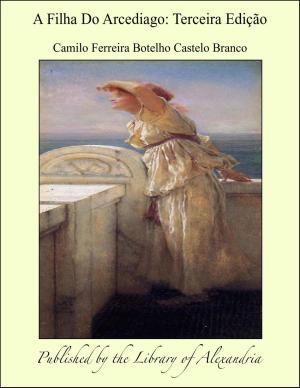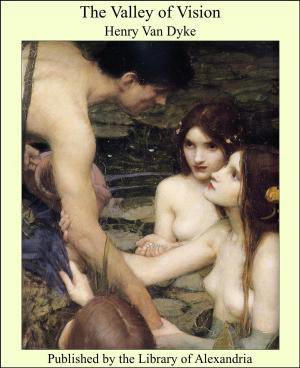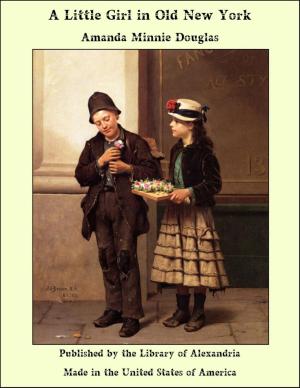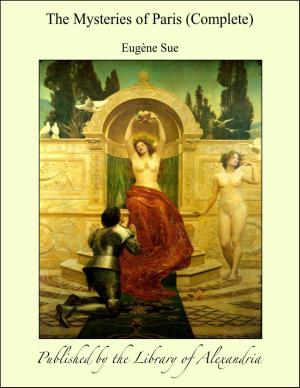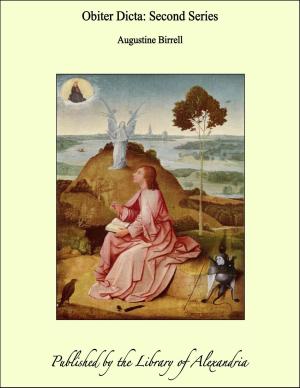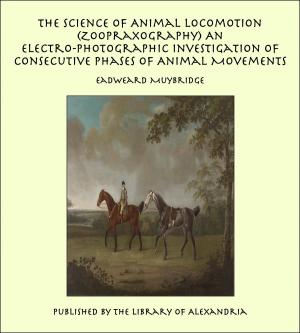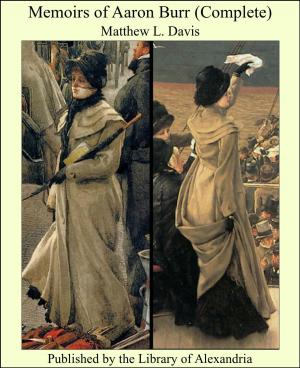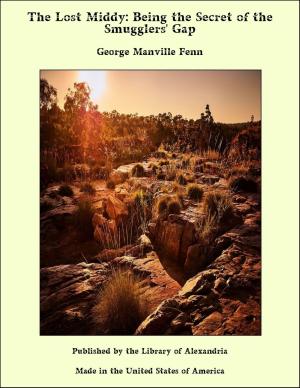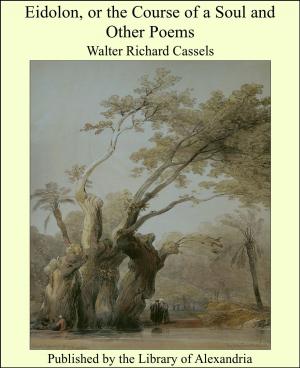The Supernatural in Modern English Fiction
Nonfiction, Religion & Spirituality, New Age, History, Fiction & Literature| Author: | Dorothy Scarborough | ISBN: | 9781465617309 |
| Publisher: | Library of Alexandria | Publication: | March 8, 2015 |
| Imprint: | Language: | English |
| Author: | Dorothy Scarborough |
| ISBN: | 9781465617309 |
| Publisher: | Library of Alexandria |
| Publication: | March 8, 2015 |
| Imprint: | |
| Language: | English |
The real precursor of supernaturalism in modern English literature was the Gothic novel. That odd form might be called a brief in behalf of banished romance, since it voiced a protest against the excess of rationalism and realism in the early eighteenth century. Too great correctness and restraint must always result in proportionate liberty. As the eternal swing of the pendulum of literary history, the ebb and flow of fiction inevitably bring a reaction against any extreme, so it was with the fiction of the period. The mysterious twilights of medievalism invited eyes tired of the noonday glare of Augustan formalism. The natural had become familiar to monotony, hence men craved the supernatural. And so the Gothic novel came into being. Gothic is here used to designate the eighteenth-century novel of terror dealing with medieval materials. There had been some use of the weird in English fiction before Horace Walpole, but the terror novel proper is generally conceded to begin with his Romantic curiosity, The Castle of Otranto. The Gothic novel marks a distinct change in the form of literature in which supernaturalism manifests itself. Heretofore the supernatural elements have appeared in the drama, in the epic, in ballads and other poetry, and in folk-tales, but not noticeably in the novel. Now, however, for a considerable time the ghostly themes are most prominent in lengthy fiction, contrasted with the short story which later is to supersede it as a vehicle for the weird. This vacillation of form is a distinct and interesting aspect of the development of supernaturalism in literature and will be discussed later. With this change in form comes a corresponding change in the materials of ghostly narration. Poetry in general in all times has freely used the various elements of supernaturalism. The epic has certain distinct themes, such as visits to the lower world, visions of heaven, and conflict between mortal and divine powers, and brings in mythological characters, gods, goddesses, demigods, and the like. Fate is a moving figure in the older dramas, while the liturgical plays introduced devils, angels, and even the Deity as characters in the action. In the classical and Elizabethan drama we see ghosts, witches, magicians, asdramatis personæ. Medieval romances, prose as well as metrical and alliterative, chansons de geste, lais, and so forth, drew considerably on the supernatural for complicating material in various forms, and undoubtedly much of our present element comes from medievalism. Tales of the Celtic Otherworld, of fairy-lore, of magic, so popular in early romance, show a strong revival to-day.
The real precursor of supernaturalism in modern English literature was the Gothic novel. That odd form might be called a brief in behalf of banished romance, since it voiced a protest against the excess of rationalism and realism in the early eighteenth century. Too great correctness and restraint must always result in proportionate liberty. As the eternal swing of the pendulum of literary history, the ebb and flow of fiction inevitably bring a reaction against any extreme, so it was with the fiction of the period. The mysterious twilights of medievalism invited eyes tired of the noonday glare of Augustan formalism. The natural had become familiar to monotony, hence men craved the supernatural. And so the Gothic novel came into being. Gothic is here used to designate the eighteenth-century novel of terror dealing with medieval materials. There had been some use of the weird in English fiction before Horace Walpole, but the terror novel proper is generally conceded to begin with his Romantic curiosity, The Castle of Otranto. The Gothic novel marks a distinct change in the form of literature in which supernaturalism manifests itself. Heretofore the supernatural elements have appeared in the drama, in the epic, in ballads and other poetry, and in folk-tales, but not noticeably in the novel. Now, however, for a considerable time the ghostly themes are most prominent in lengthy fiction, contrasted with the short story which later is to supersede it as a vehicle for the weird. This vacillation of form is a distinct and interesting aspect of the development of supernaturalism in literature and will be discussed later. With this change in form comes a corresponding change in the materials of ghostly narration. Poetry in general in all times has freely used the various elements of supernaturalism. The epic has certain distinct themes, such as visits to the lower world, visions of heaven, and conflict between mortal and divine powers, and brings in mythological characters, gods, goddesses, demigods, and the like. Fate is a moving figure in the older dramas, while the liturgical plays introduced devils, angels, and even the Deity as characters in the action. In the classical and Elizabethan drama we see ghosts, witches, magicians, asdramatis personæ. Medieval romances, prose as well as metrical and alliterative, chansons de geste, lais, and so forth, drew considerably on the supernatural for complicating material in various forms, and undoubtedly much of our present element comes from medievalism. Tales of the Celtic Otherworld, of fairy-lore, of magic, so popular in early romance, show a strong revival to-day.

